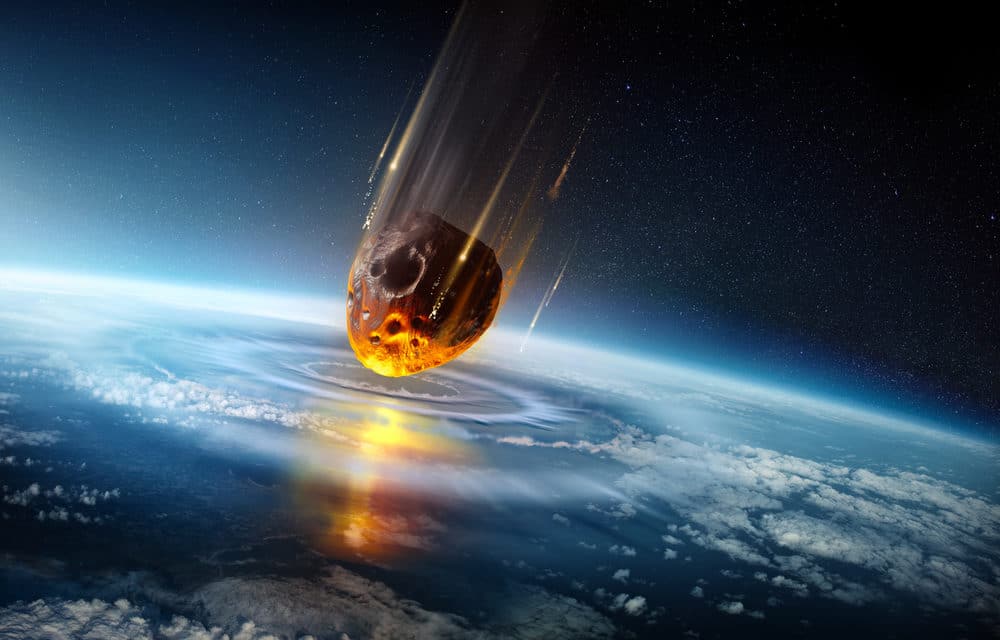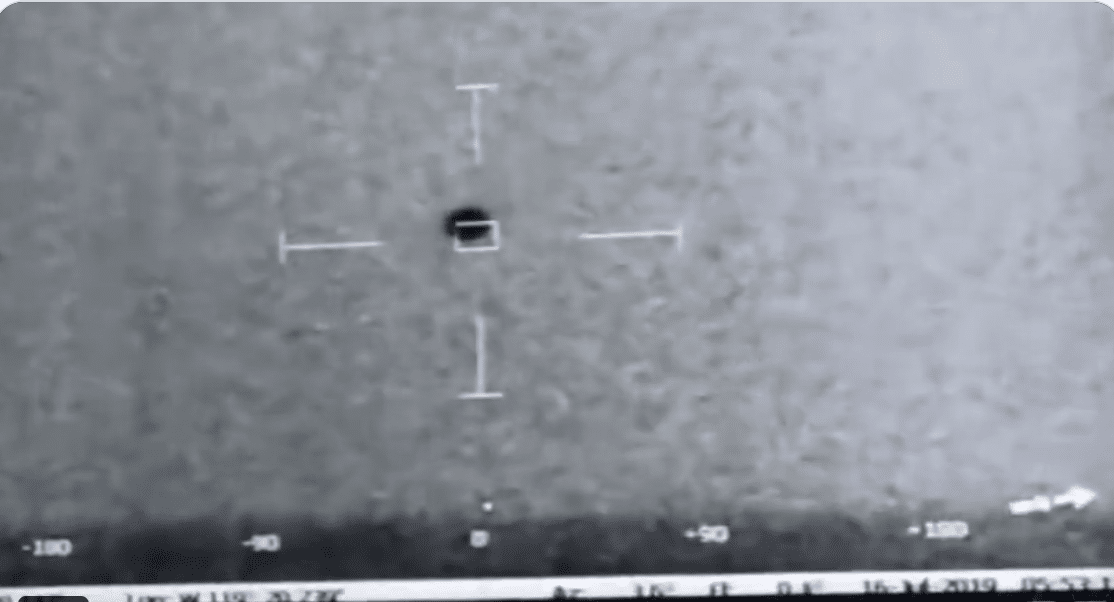(USA Today) – Mass extinctions of life on Earth appear to follow a regular pattern, a new study suggests. In fact, widespread die-offs of land-dwelling animals – which include amphibians, reptiles, mammals, and birds – follow a cycle of about 27 million years, the study reports.
The study also said these mass extinctions coincide with major asteroid impacts and devastating volcanic outpourings of lava. “The global mass extinctions were apparently caused by the largest cataclysmic impacts and massive volcanism, perhaps sometimes working in concert,” said study lead author Michael Rampino of New York University, in a statement.
Paleontologists had previously discovered that similar mass extinctions of marine life, in which up to 90% of species disappeared, were not random events, but seemed to come in a 26-million-year cycle. How could this be? Aren’t asteroid or comet impacts completely random? Apparently not, the study suggests, and it’s because of the orbit of our planet through the galaxy. The solar system passes through the crowded part of our Milky Way galaxy about every 30 million years.
During those times, comet showers are possible, leading to large impacts on the Earth. “These new findings of coinciding, sudden mass extinctions on land and in the oceans, and of the common 26- to 27-million-year cycle, lend credence to the idea of periodic global catastrophic events as the triggers for the extinctions,” Rampino said. READ MORE


















